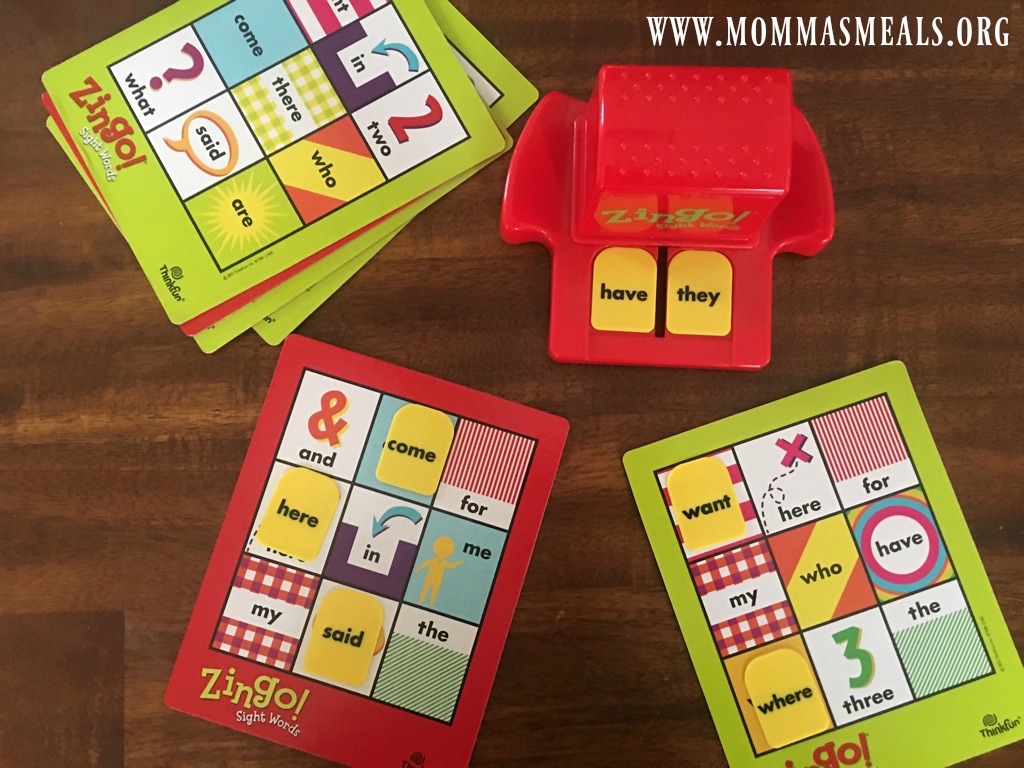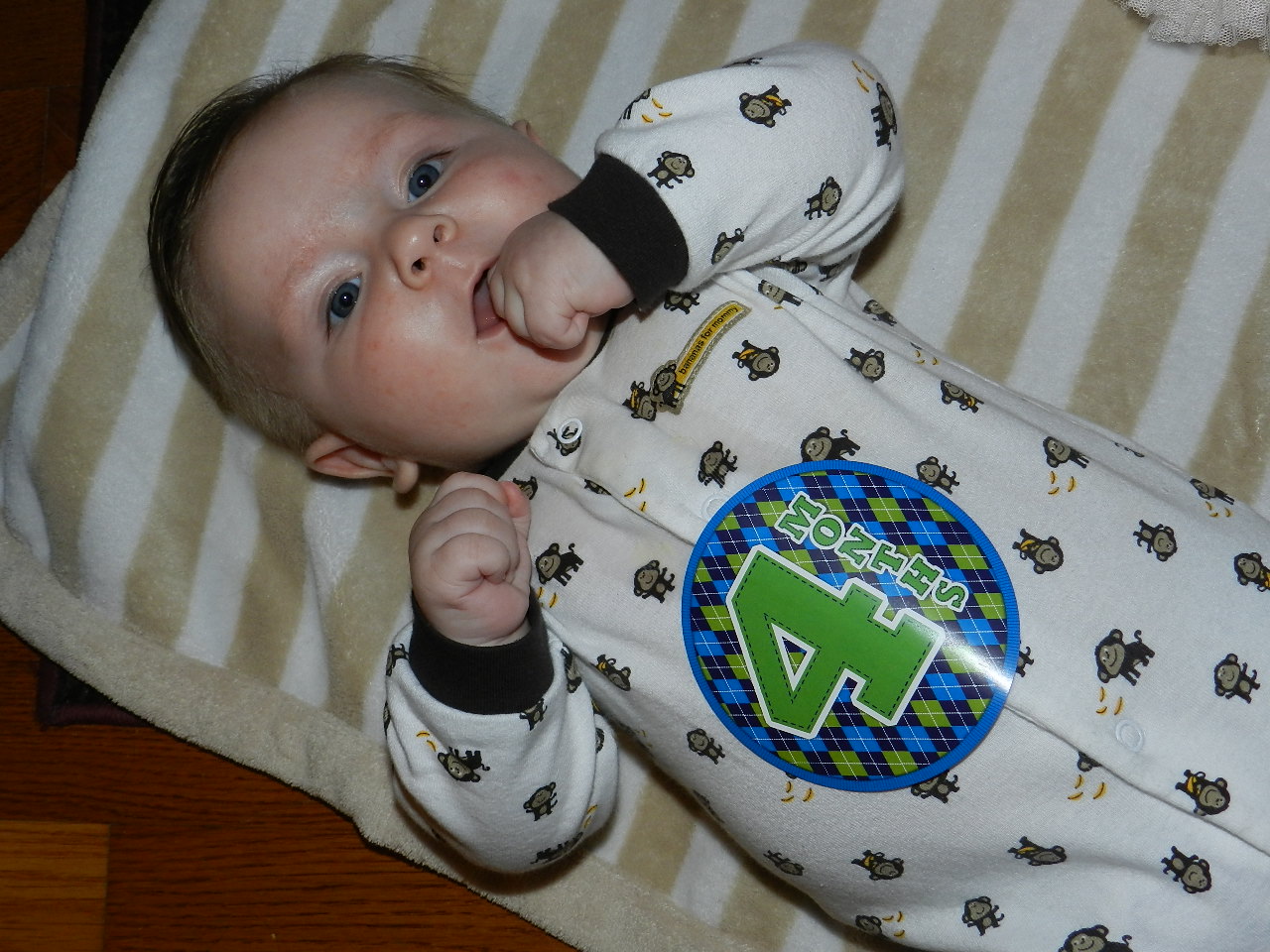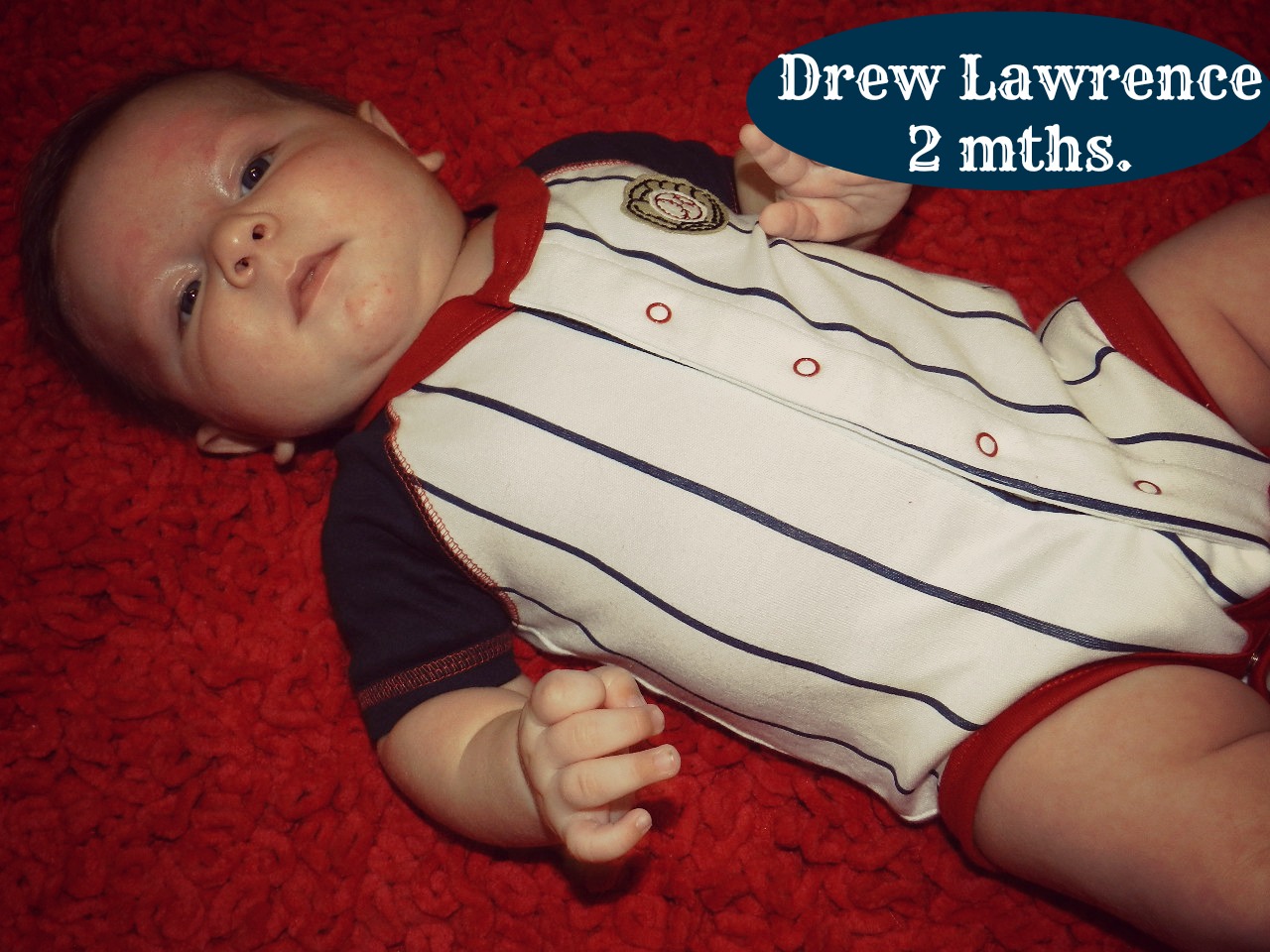When trying to choose a post to share with my favorite mommy friends/followers this one caught my eye because I just remember what it felt like to feel so helpless as a new mommy. Still to this day when my daughter cries at 21 mths I still feel helpless and get so upset. This article made me feel better, made me see that…..I wasn’t doing anything wrong. I’ve had many friends who have had kiddo’s with Colic. Even if your kiddo doesn’t have it, this is still a good read.
Crying: What’s normal may surprise you
Excessive crying doesn’t necessarily mean something is wrong (or you are doing something wrong)
By Rob Levey
All infants cry, but some seem to cry more than others, which can frustrate seasoned and first-time parents alike. Often described as colic, the long-held assumption is that some infants have it while others do not, which recent studies, including a new program, the Period of PURPLE Crying, are calling into question.
According to Maria Doyle, training and evaluation director at the NH Children’s Trust, which is leading the effort to implement the program statewide, the PURPLE program represents “a new way to understand a baby’s crying.”
“Excessive crying is a behavioral cue that’s part of a developmental stage,” said Doyle. “If your baby cries a lot, it probably doesn’t mean something is wrong or abnormal, or that you’re not doing something right…Some babies can cry a lot and others much less, but they all go through this phase. Parents don’t have to feel guilty.”
According to Doyle, the program’s strength lies in the wealth of evidence that supports it.
“It’s an evidence-based program based on 30 years of child development research and it’s been through several clinical trials,” said Doyle, who noted the program’s purpose is “to bring about a cultural change in society’s attitudes and behavior about normal infant crying in parents.”
“It’s been developed by the National Center on Shaken Baby Syndrome and designed and approved by pediatricians, public health nurses, child development experts and parents,” she said. “Ten hospitals across New Hampshire have already adopted it and we expect four more this year.”
She noted the program is similar in intent to the “Back to Sleep” campaign for the reduction of sudden infant death syndrome in which “a cultural change took place regarding how people put babies to sleep.”
“The PURPLE program has been designed to change the way we understand early increased infant crying so parents and caregivers will have reasonable expectations for their baby,” she added.
As for how the program works, Doyle said nurses educate new parents after their baby’s birth, as well as provide them with an 8-minute DVD and easy to read 10-page booklet within the maternity wards of participating hospitals.
“The hope is to have community health centers and other supporters of parents adopt the program, too,” said Doyle, who said on-line training helps prepare nurses and others who deliver the program. “They are crucial in their power to reinforce the message.”
With several locations across the state, Child and Family Services is already using the program with great success.
“The families we’ve worked with through the program are very happy to have this information,” said CFS’ JoAnn Cobb. “A lot of them wish they had this information sooner. I keep hearing, ‘Wow, I didn’t know that was normal.’”
As for why the word ‘purple’ is used, Cobb said it is an acronym used to describe specific characteristics of an infant’s crying during this phase, which begins at about 2 weeks of age and may continues for 3 to 5 months.
According to the program’s website at purplecrying.info, the letters PURPLE stand for the following:
- Peak of crying: Your baby may cry more each week — the most at 2 months, then less at 3 to 5 months.
- Unexpected: Crying can come and go and you do not know why.
- Resists soothing: Your baby may not stop crying no matter what you try.
- Pain-like face: A crying baby may look like they are in pain even when they are not.
- Long lasting: Crying can last as much as 5 hours a day or more.
- Evening: Your baby may cry more in the late afternoon and evening.
Parent Education Coordinator at Families First Health and Support Center in Portsmouth, Joanna Wicklein, said the program provides a practical framework to normalize infant crying.
“It gets us away from questions like, ‘Is it a good baby?’” said Wicklein. “Questions like that create unrealistic expectations and cause some of the biggest frustrations for parents.”
“Crying is a typical infant behavior — much like oppositional teenagers asserting their independence,” she said. “Crying is just an expression of ‘babiness.’ It’s another version of normal and a behavior that must be expressed in order for the infant to be promoted to the next developmental level.”
Cobb added the program also provides parents with strategies to soothe their infants as well as cope with the frustration of their crying.
“Rock your baby, or sing — these things can reduce crying by as much as 50 percent,” she said. “You should of course also check to make sure they’re fed and changed.”
Doyle agrees and said other suggested soothing techniques include holding your baby close with skin-to-skin contact, giving a warm bath, or taking the baby outside for a walk.
“Parents should remember that some crying can’t be soothed,” she added. “If parents are getting frustrated, they can put their baby in a safe place and take a break.”
As for next steps in program dissemination, Doyle said she is working with individuals and agencies around the state to advocate for its use.
“It’s very important we educate everyone—the medical community, caregivers, babysitters,” said Doyle. “In addition to its potential to prevent child abuse, the program is easy to access and understand for all parents and can help reduce a lot of the stress they might feel when their infant is crying for no apparent reason and won’t stop.”
For parents who may not be able to access the program yet in their area, Wicklein said there is really one thing to keep in mind.
“It’s about managing expectations,” she said. “It’s finding an answer to the question of how do you accept the behavior, but make it manageable. Take a step back and reflect and see the crying as just a phase — it’s just a part of a baby’s job description.”
Cobb agrees and added, “The crying will end; there is light at the end of the tunnel.”
For more information about the Period of PURPLE Crying, go to purplecrying.info.
Rob Levey is the director of development and communications at Seacoast Mental Health Center and a freelance writer.
Last updated by Morgen Connor Jul 20.










This was very interesting. You hear babies crying and never put a lot of thought into the real purpose, behavioral benefits or challenging. Now when I hear a baby cry I will have whole new perspective. :)))